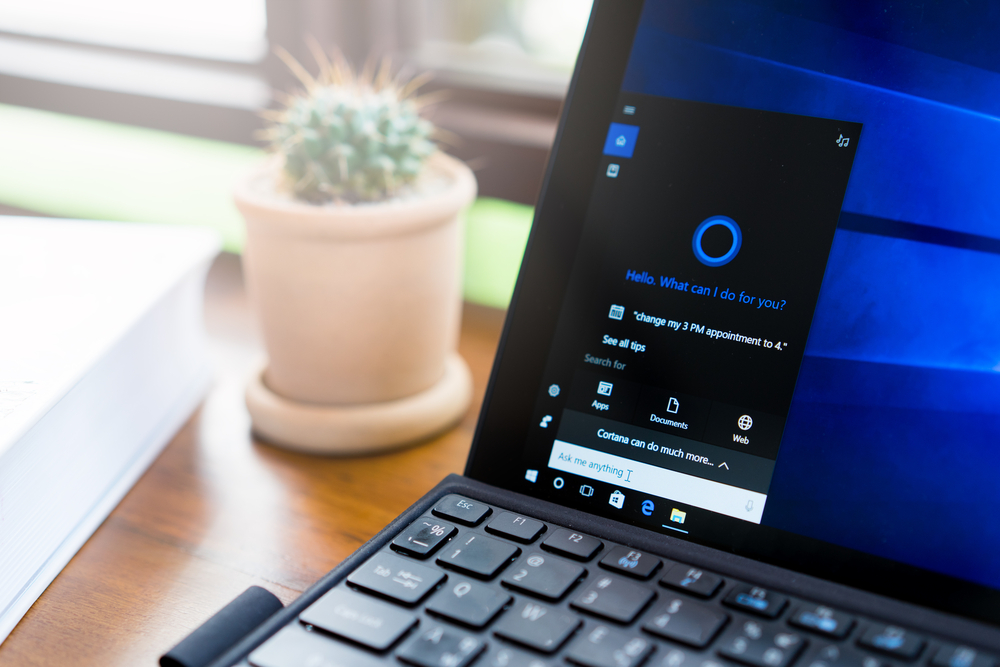In the world of operating systems, there are usually two versions of every offering. One is a 32-bit version, whereas the other is the 64-bit variant. Some people have been wondering why the Windows operating system does not have a 128-bit version. This may sound like a silly question, but it turns out there is a good reason why 64=bit is the best we will get, for now.
128-Bit Operating Systems Are A Decades Away
Back when the switch was made from 16-bit to 32-bit, the reasoning behind this decision was rather straightforward. With application memory requirements surpassing what 16-bit address space could give them, it made a lot of sense to switch to a 32-bit architecture. The extra memory space offered by this new version of applications was on par with the physical memory chips found in most mainstream computers at that time.
Even though there are plenty of applications – and even operating systems – which exist in both 32-bit and 64-bit versions, the performance boost from that particular translation is far less apparent. The vast majority of applications available today have no need for 64-bit memory space. In fact, there are quite a few applications which aren’t even optimized for the 64-bit infrastructures. These apps will not take advantage of the available memory once it hits the 4GB mark.
That being said, certain types of applications can benefit from the switch to 64-bit support. However, they would have to be very demanding apps, which most mainstream consumers will not use on a regular basis. Most home computers will have a maximum of 4-6GB of memory, which makes the 64-bit architecture a bit of a niche market.
Keeping in mind how the switch to 64-bit infrastructure was made nearly a decade ago, one begs to wonder why no further improvements have been made. The answer is simple: even the “heavy desktop applications”, such as email clients and programming environments, are better off in 32-bit environments. Although email clients such as Outlook support 64-bit, it is far less widespread than its 32-bit counterpart.
From a practical point of view, 64-bit architecture is the pinnacle of what mainstream consumers would ever use. Increasing to 128-bit, specifically on the operating system level, makes no sense whatsoever at this time. Desktop applications would not necessarily benefit from 128-bit support, nor would server applications. This does not mean there is no need for 128-bit operating systems, though, but the market is too small to start developing these solutions.
Last but not least, it is important to note 64-bit is not “twice as good” as 32-bit. It is exponentially better, and 64-bit systems are theoretically capable of using 17 billion GB of RAM if they wanted to. Since there is no need for more than 64GB of RAM in more advanced systems, it is very unlikely we will ever hit the glass ceiling presented by 64-bit architecture. It is not impossible a 128-bit Windows version will be created in the future, but it won’t happen in our lifetime.
If you liked this article, follow us on Twitter @themerklenews and make sure to subscribe to our newsletter to receive the latest bitcoin, cryptocurrency, and technology news

